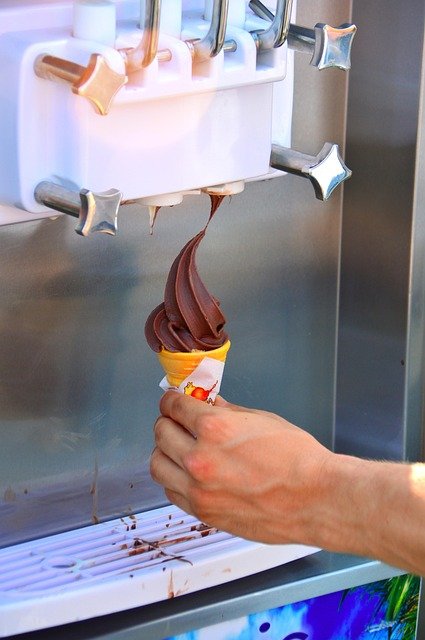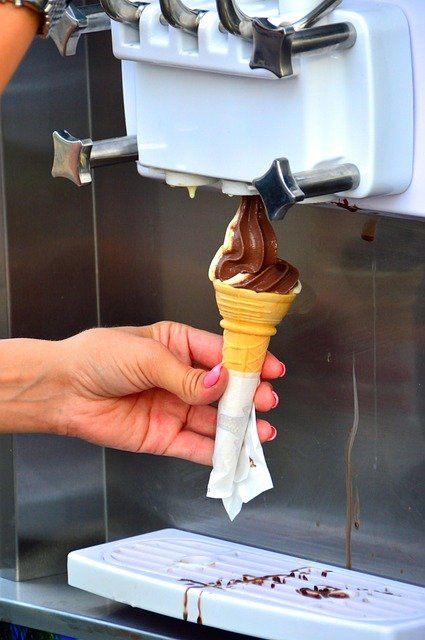Best Small Commercial Ice Makers for Business Needs
July 9, 2025 | by li, moniker

When running a small business, having a reliable ice maker can make all the difference—whether it’s for a café, bar, restaurant, or even a small office. The best small commercial ice makers combine efficiency, durability, and compact design to meet high-demand needs without taking up excessive space. But with so many options on the market, choosing the right one can be overwhelming. This article explores key factors to consider, from production capacity and ice type to energy efficiency and ease of maintenance. By the end, you’ll have a clear understanding of what makes a great small commercial ice maker and how to select the best model for your business needs.
Key Features to Look for in a Small Commercial Ice Maker
Not all ice makers are created equal, and knowing what features to prioritize can save you time and money. First, consider production capacity—measured in pounds of ice per day. A small commercial unit typically produces between 50 to 200 pounds, which is ideal for businesses with moderate demand. Next, the type of ice matters; cube, nugget, and flake ice each serve different purposes, from cocktails to food displays. Additionally, look for energy-efficient models with certifications like Energy Star to reduce operational costs. Finally, ease of cleaning and maintenance should not be overlooked, as hygiene is critical in food and beverage service.
Top Picks for Small Commercial Ice Makers
Several models stand out in the small commercial ice maker category. The Commercial Ice Maker by Tittla is a popular choice due to its compact size and high output, making it perfect for bars and small restaurants. Another strong contender is the EdgeStar IB120SS, known for its stainless steel construction and rapid ice production. For businesses needing versatility, the Hoshizaki KM-250MAJ produces both crescent and cube ice, catering to diverse needs. Each of these models excels in durability and performance, but the best choice depends on your specific requirements, such as space constraints or preferred ice type.
Installation and Maintenance Tips
Proper installation ensures your ice maker operates at peak efficiency. Always place the unit on a level surface with adequate ventilation to prevent overheating. Many models require a water line connection, so professional installation may be necessary. For maintenance, regular cleaning is crucial—mineral buildup can affect performance and ice quality. Use manufacturer-recommended cleaning solutions and follow a schedule, ideally every three to six months. Additionally, inspect filters and drainage systems periodically to avoid clogs. A well-maintained ice maker not only lasts longer but also produces cleaner, better-tasting ice, which is essential for customer satisfaction.
Cost vs. Value: Making the Right Investment
While budget is always a consideration, opting for the cheapest model may lead to higher long-term costs due to repairs or inefficiency. High-quality small commercial ice makers, like the Commercial Ice Maker from Tittla, offer better durability and lower energy consumption, providing greater value over time. Consider the total cost of ownership, including electricity, water usage, and potential downtime. Financing options or leasing may also be available for businesses looking to spread out costs. Investing in a reliable machine ensures consistent ice production, reducing disruptions to your operations and enhancing customer experience.
Choosing the best small commercial ice maker requires balancing production needs, space limitations, and budget constraints. From evaluating key features like ice type and energy efficiency to comparing top models and understanding maintenance requirements, this guide has covered essential considerations. The right ice maker can streamline your business operations, improve service quality, and even reduce costs in the long run. Whether you opt for a compact model like the Tittla Commercial Ice Maker or a versatile unit like the Hoshizaki KM-250MAJ, prioritizing quality and functionality will pay off. Make an informed decision, and your business—and customers—will reap the benefits.
RELATED POSTS
View all


